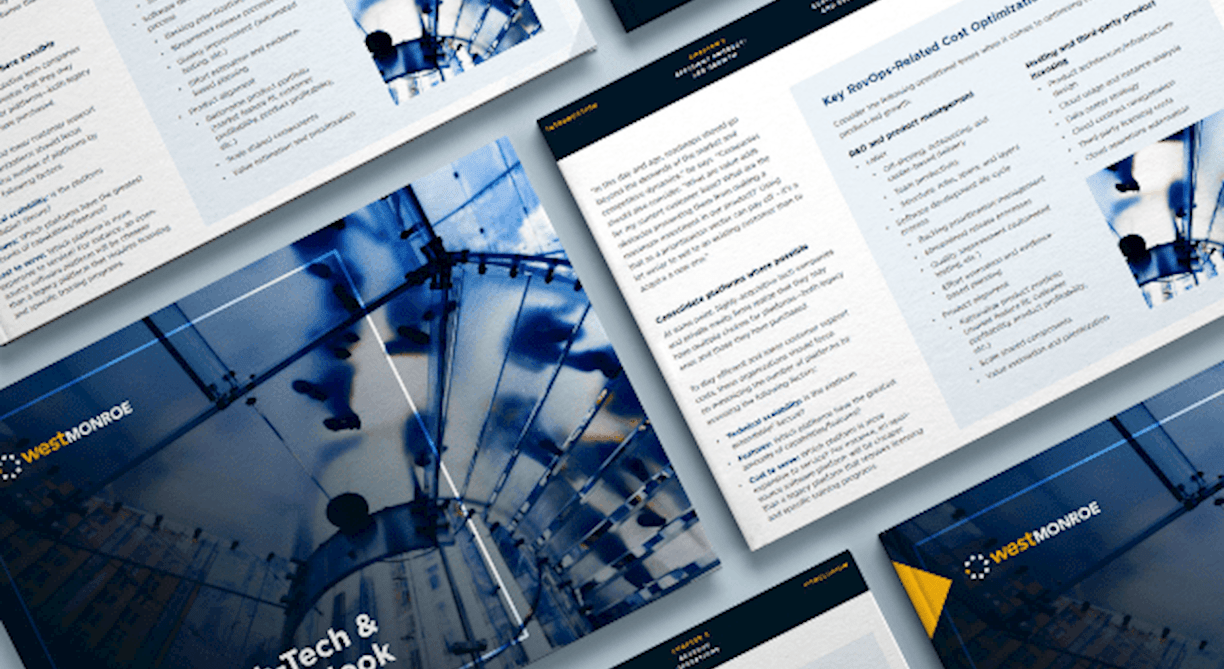December 2022 | Report
2023 Outlook: The Future of the High-Tech & Software Industry
Despite economic and labor market uncertainty, tech companies can’t afford to slow down—and must balance profitability and growth
2023 Outlook: The Future of the High-Tech & Software Industry

How do you do more with the same—or even less? That’s the question facing today’s tech companies, as economic volatility and an unpredictable labor market dampen available capital, reduce resources, and ratchet up the pressure on profitability. Those that focus on efficient product-led growth, a digital-first customer experience, and disciplined revenue operations will emerge successful.
2-Minute Takedown

Pressure on efficient product-led growth is building
As the push for profitability and revenue growth intensifies, high-tech companies must continue to seek out the new products and features their customers want in a cost-effective manner. To do so, they should focus on optimizing their R&D spend, consider customer value in their roadmap prioritization, consolidate platforms where possible, and remember the importance of serviceability in driving customer satisfaction.

Prioritizing the customer journey and experience is key
Retaining customers – and expanding the business you have with them through up- and cross-selling – has never been more critical, particularly as customers’ experiences with products are increasingly more important than those with traditional sales teams. As such, executives would do well to hone in on measuring, understanding and delivering customer value; double down on driving efficiency and digital scale; and focus on celebrating and enabling their people.

Revenue operations can help drive needed growth
Revenue operations (RevOps) can help today’s tech companies balance growth and profitability. Yet siloed functions, organizational misalignment and the inability to collect quality data inhibit the data-driven approach needed to deliver the benefits of disciplined RevOps, which include higher revenue, improved net retention rates, and lower go-to-market expenses. Organizations should concentrate on understanding the data they have, leveraging that data to produce a core set of key performance indicators, and translating those KPIs into specific RevOps actions.

.jpg?cx=0.5&cy=0.5&cw=1224&ch=669&hash=C80BA00C478115981E773A54F15BF661)



